A Tour of Buenos Aires Street Art
In a city where people were once imprisoned just for saying the wrong things, a celebration of free dialogue has sprung up on the building walls. I found out about the Buenos Aires street art tour put on by Graffiti Mundo from the excellent 91 Days bloggers and was excited to make it a part of my recent visit to Argentina.

The tour met on the edge of Palermo Hollywood, where we started with some examples of large scale murals featuring colorful creatures painted with roller brushes over entire buildings. The vibrant, playful works were put up in the early 2000’s, when at one point Argentina had five different presidents in two weeks.
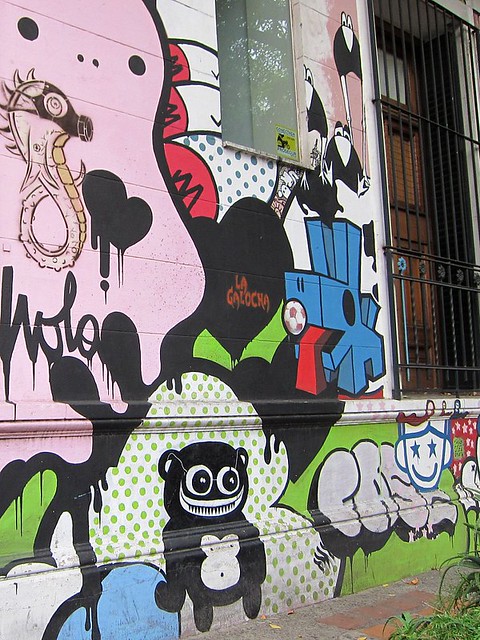
Protests and angry political declarations were scrawled on buildings throughout Buenos Aires, and some porteño artists decided to collaborate on some positive work to brighten up the streets. This idea of creating art for the city continued as more and more people offered their building walls, and now the city is adorned everywhere with paintings and stencils.
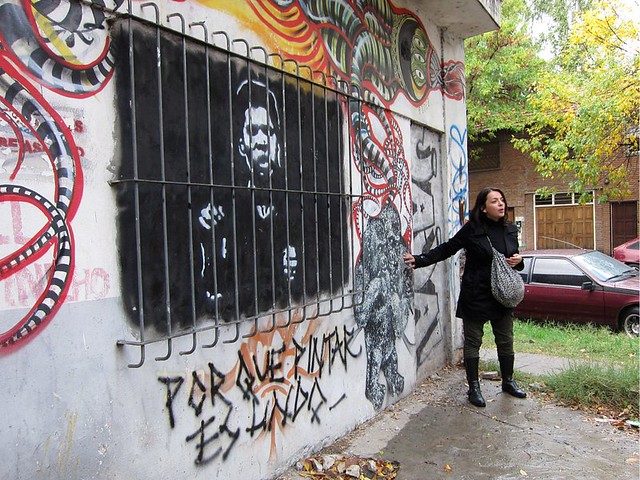
The tour was led by expat Jonny and local Ana, both connected with the street art scene in Buenos Aires and incredibly well-informed on the history behind the movement. The reason that huge pieces can be done in broad daylight, and even tags that look like vandalism are rarely criminalized, is a result of Argentina’s tumultuous 20th century.
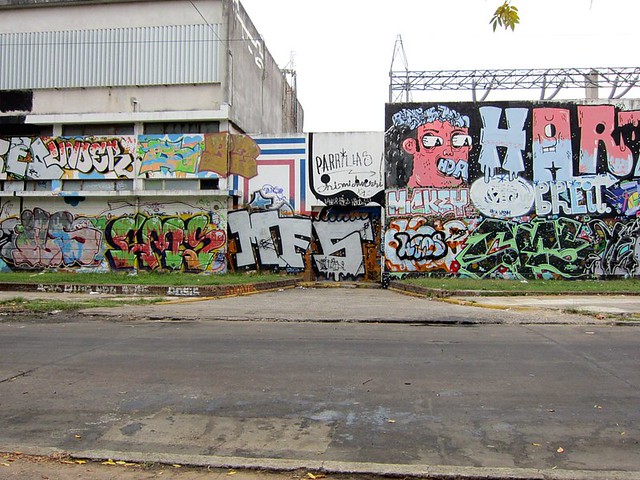
From 1976 to 1983, thousands of people went missing in state-sponsored detentions. Members of the guerrilla group the Montoneros and leftist-activists, as well as their sympathizers, were tortured and murdered, their bodies carefully disposed of so that to this day it is impossible to get an exact count of how many were killed and how many fled the country. Most of the perpetrators in the military dictatorship were pardoned, and justice is still actively sought, most visibly by the Mothers of the Plaza de Mayo who continue to gather in the most visited public area of Buenos Aires.
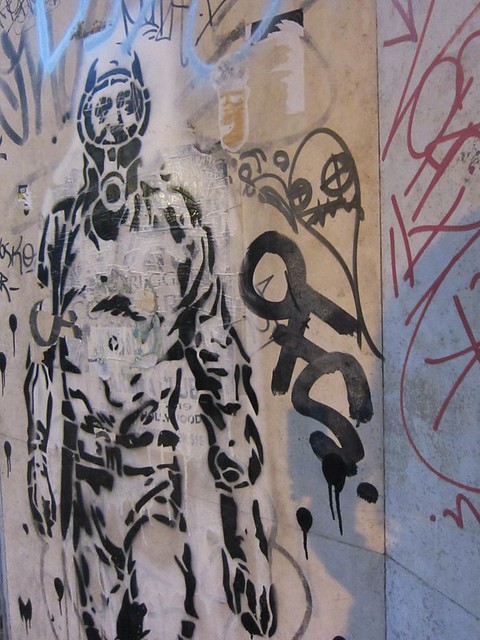
A constant reminder of the injustices of the “Dirty War” is El Enternauta, whose stencil stalks the streets of the city. El Enternauta (loosely translated as “the eternal voyager”) is a comic book character created by Héctor Germán Oesterheld, who himself went missing in 1976, apparently for no other reason than he wrote a “beautiful” biography on Ché Guevara. The science fiction El Eternauta comic books follow a deadly snowfall in Buenos Aires that kills everyone it touches, followed by an alien invasion. A stencil that has the face of the late Argentine president and humanitarian Néstor Kirchner as El Eternauta is everywhere in Buenos Aires, a constant sentinel to the city, where disappearances still go unexplained, even if some people want to forget.
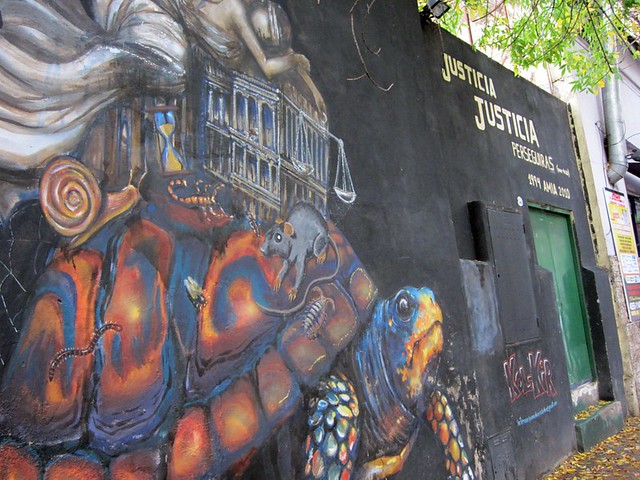
After so many years of repression, the streets of Buenos Aires are a site of free speech. Above is an example of one of the more political murals, painted by the artist Jaz, remembering the 1994 bombing of the Argentine Israelite Mutual Association that killed 85 people. Other walls will have scrawled slogans for and against the current president Cristina Fernandez de Kirchner side-by-side.
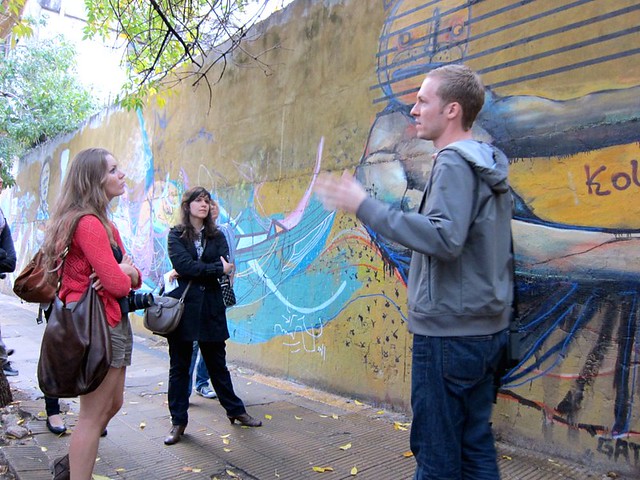
The Graffiti Mundo tour covered much of Palermo, and included a visit to a studio that’s used by artists Jaz and Ever. Below are some more of my photos and you can see a complete set here. The tour is 90 pesos (about $22), and is a ridiculous bargain for the amount of art you get to see (they rent a minibus to get around to more obscure sites) and the insight into Argentina’s history.

Fighting wolves by Jaz.
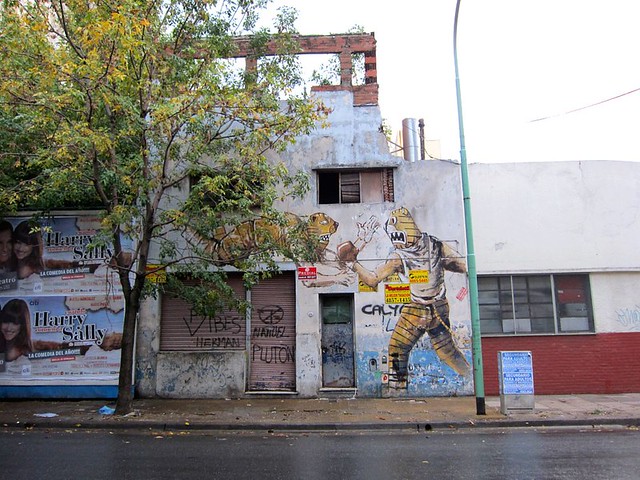
Boxing tigers by Jaz.
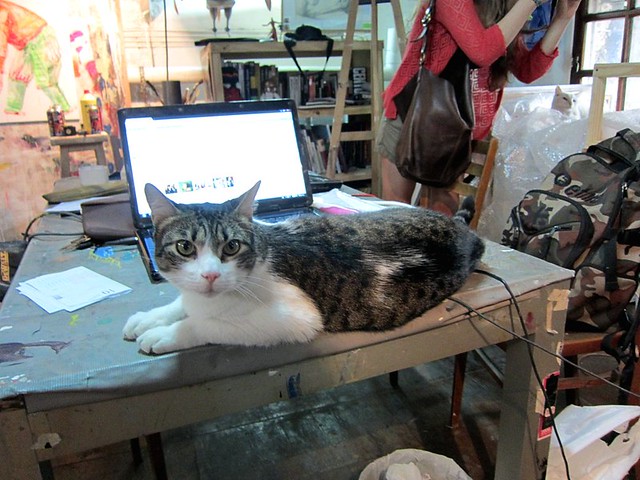
Cat in a studio shared by Jaz and Ever.
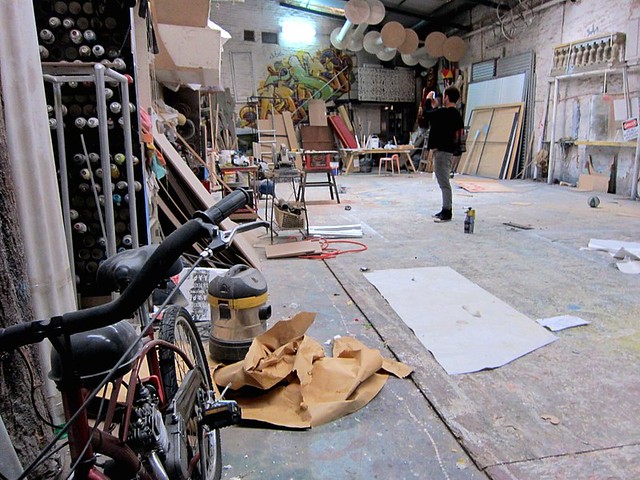
Studio space shared by artists Jaz and Ever.

Street art on the edges of Palermo Hollywood.

Mural by Ever. The clouds coming out of the eyes are meant to represent that person’s dreams.
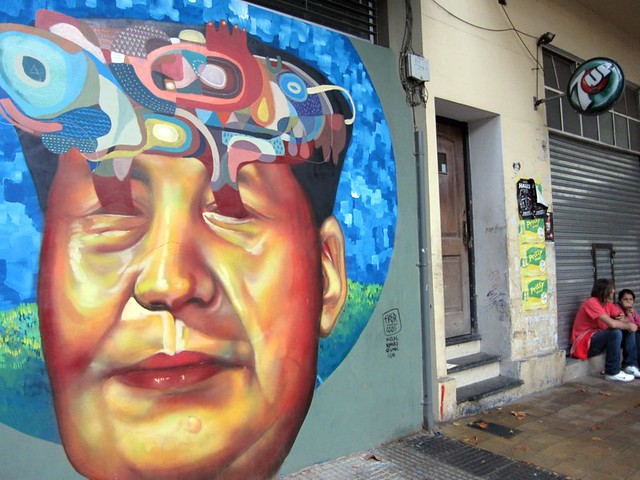
Mao by Ever.
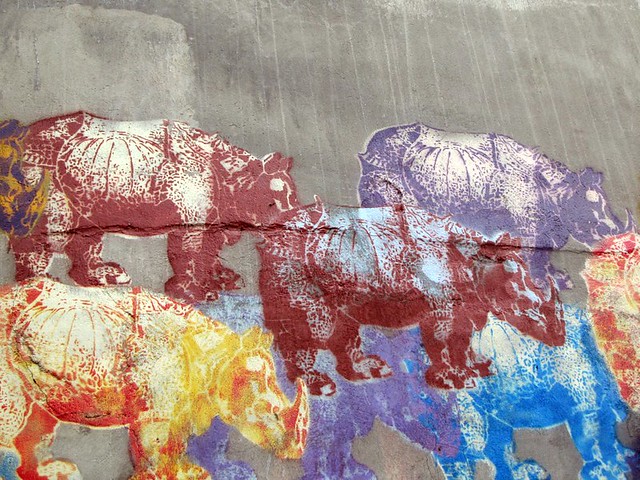
Dürer’s rhinos by Cabaio Stencil.
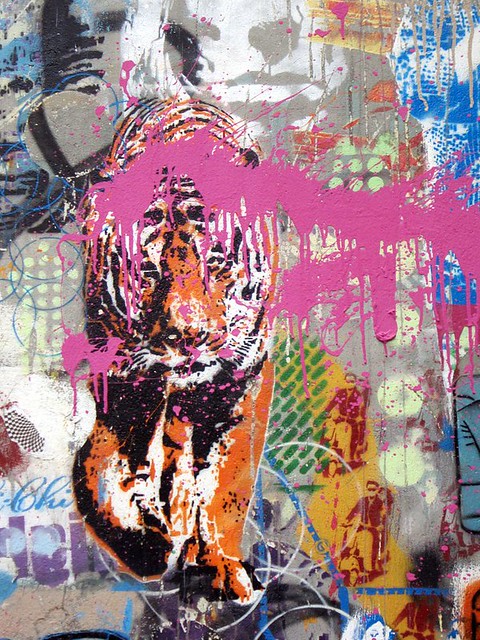
Tiger in stencil mural by Cabaio Stencil.
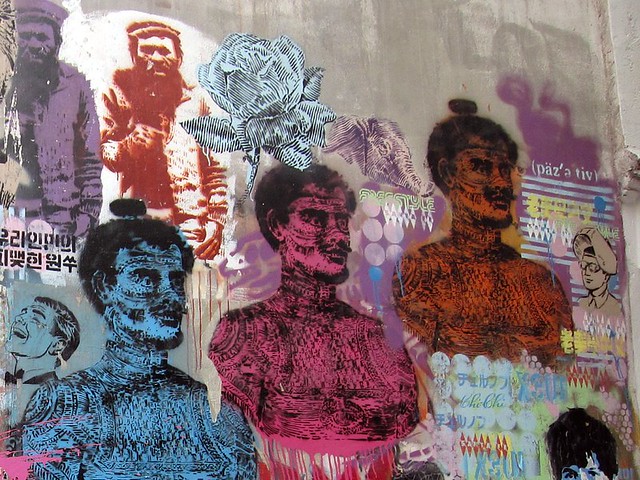
Detail of Cabaio Stencil mural.
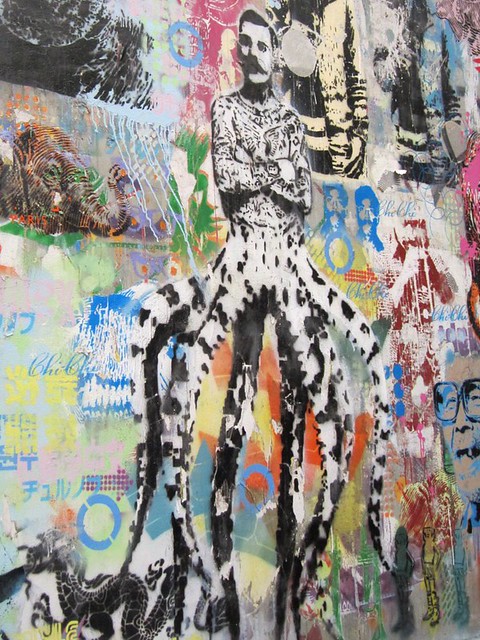
Tattooed octopus man in the Cabaio Stencil mural.
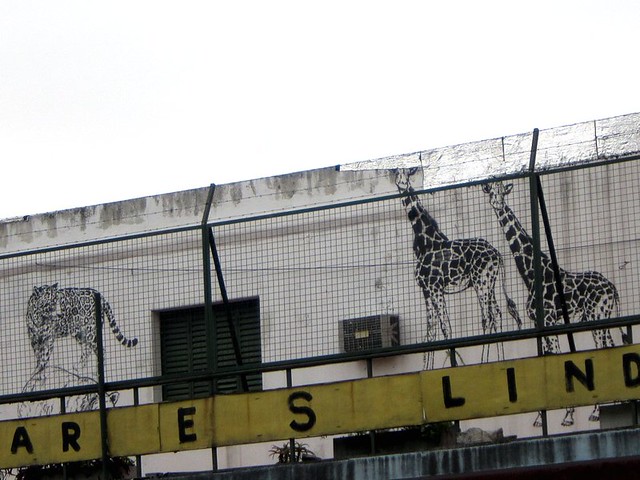
Animals behind bars.

This power station invited artists to cover its exterior to brighten the neighborhood.
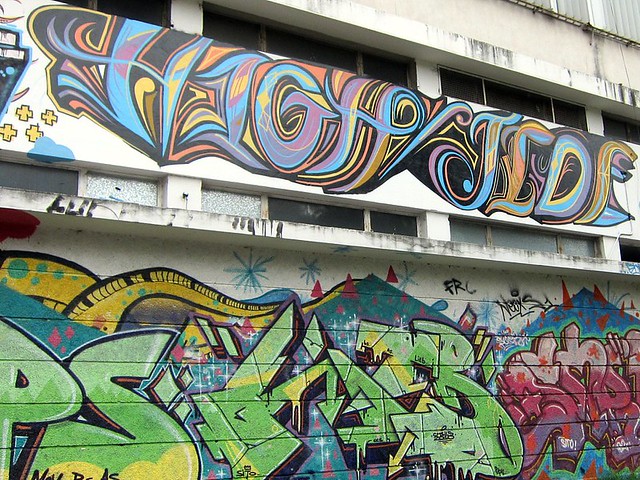
High Tide lettering influenced by the porteño fileteado style.
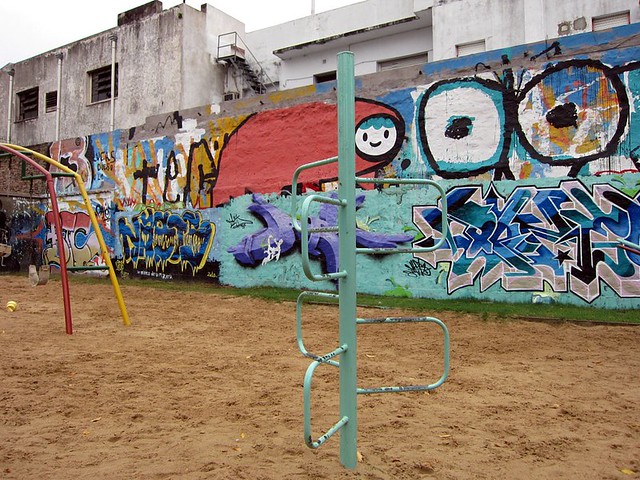
Street artists originally painted some playful creatures at this children’s playground, although subsequent artists have mostly covered them up with lettering.
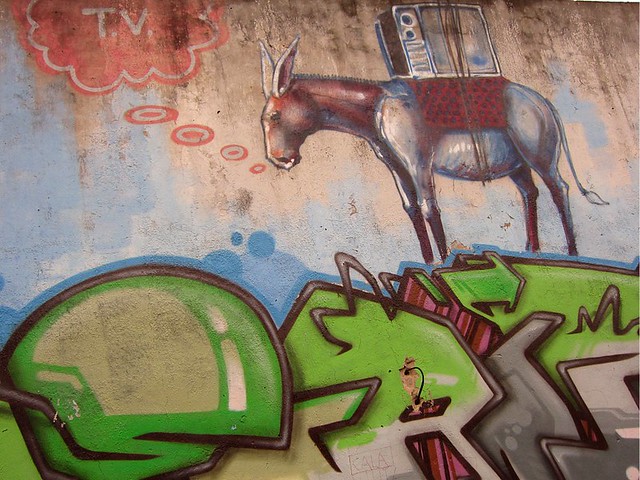
Donkey on a bus station wall by Jaz.
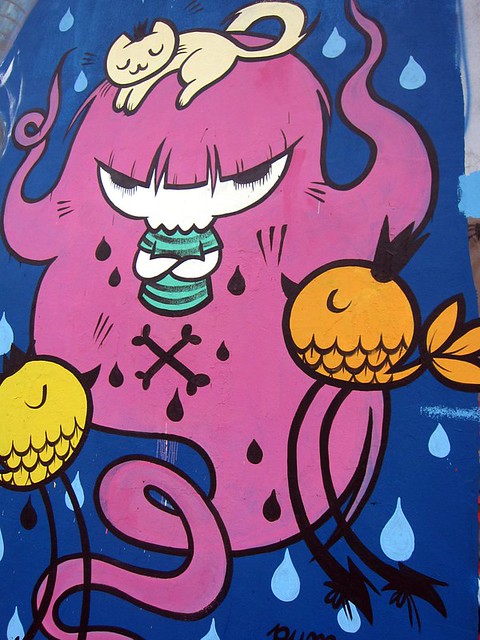
Work by Pum Pum, one of the few female street artists working in Buenos Aires.
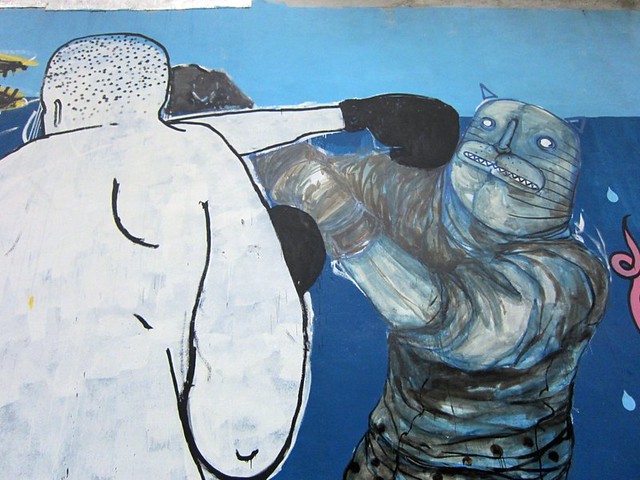
Boxers by Jaz.




Follow us on Twitter to get the latest on the world's hidden wonders.
Like us on Facebook to get the latest on the world's hidden wonders.
Follow us on Twitter Like us on Facebook